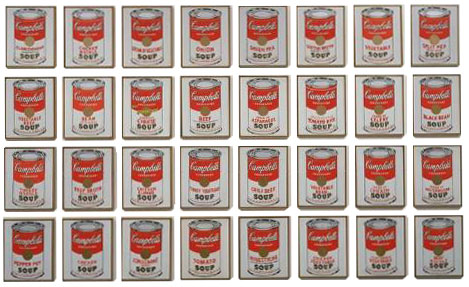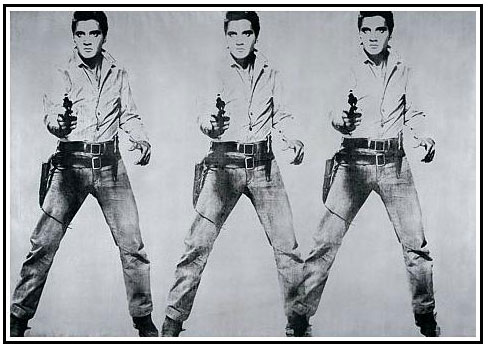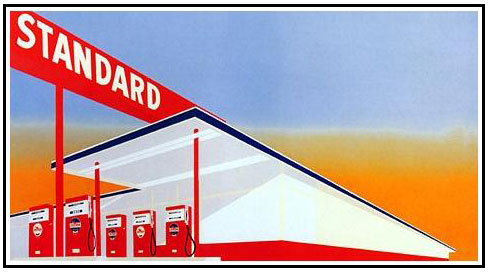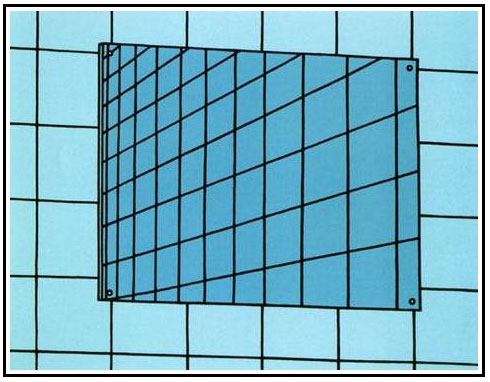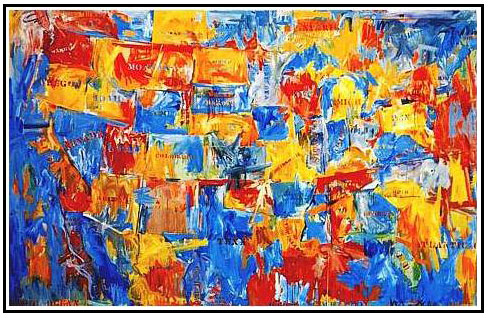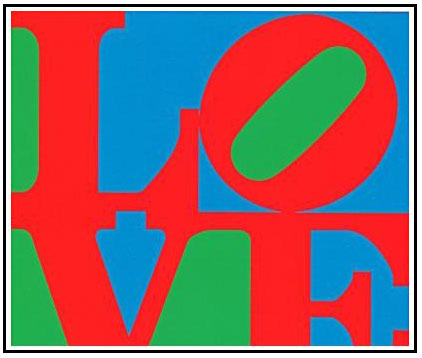POP ART
(1954-1970) The stark look of Pop Art emerged from a fusion of Dada collages and 'readymades' with the imagery of the consumer culture. It was seen as an antidote to the introspection of Abstract Expressionism. On the surface Pop Art looked brash, colorful, young, fun and allegedly hostile to the artistic establishment. It included different styles of painting and sculpture from various countries, but what they all had in common was an interest in popular culture. From a deeper understanding, Dr. Camille Paglia (University of the Arts, Philadelphia) contrasts Pop Art against the previous art periods (Realists, Impressionists, Abstractionists) - that the avant-garde was genuinely heroic: “These people typically suffered for their radical ideas and innovations. Going right down to Picasso and down to Jackson Pollack who truly suffered for his art. It was only after Jackson’s death that suddenly the market was created for abstract art. Pop art killed the avant-garde. The idea that the avant-garde continues is an absolute disillusion of the contemporary art world. The moment Andy Warhol went through and embraced the popular media, instead of having the opposition to it - that was the end of oppositional art". RICHARD
HAMILTON (1922-2011) ANDY
WARHOL (1928-1987) "Triple
Elvis" (1962) PATRICK
CAULFIELD (1936-2005) ROBERT
INDIANA (1928 – Present) z
|

